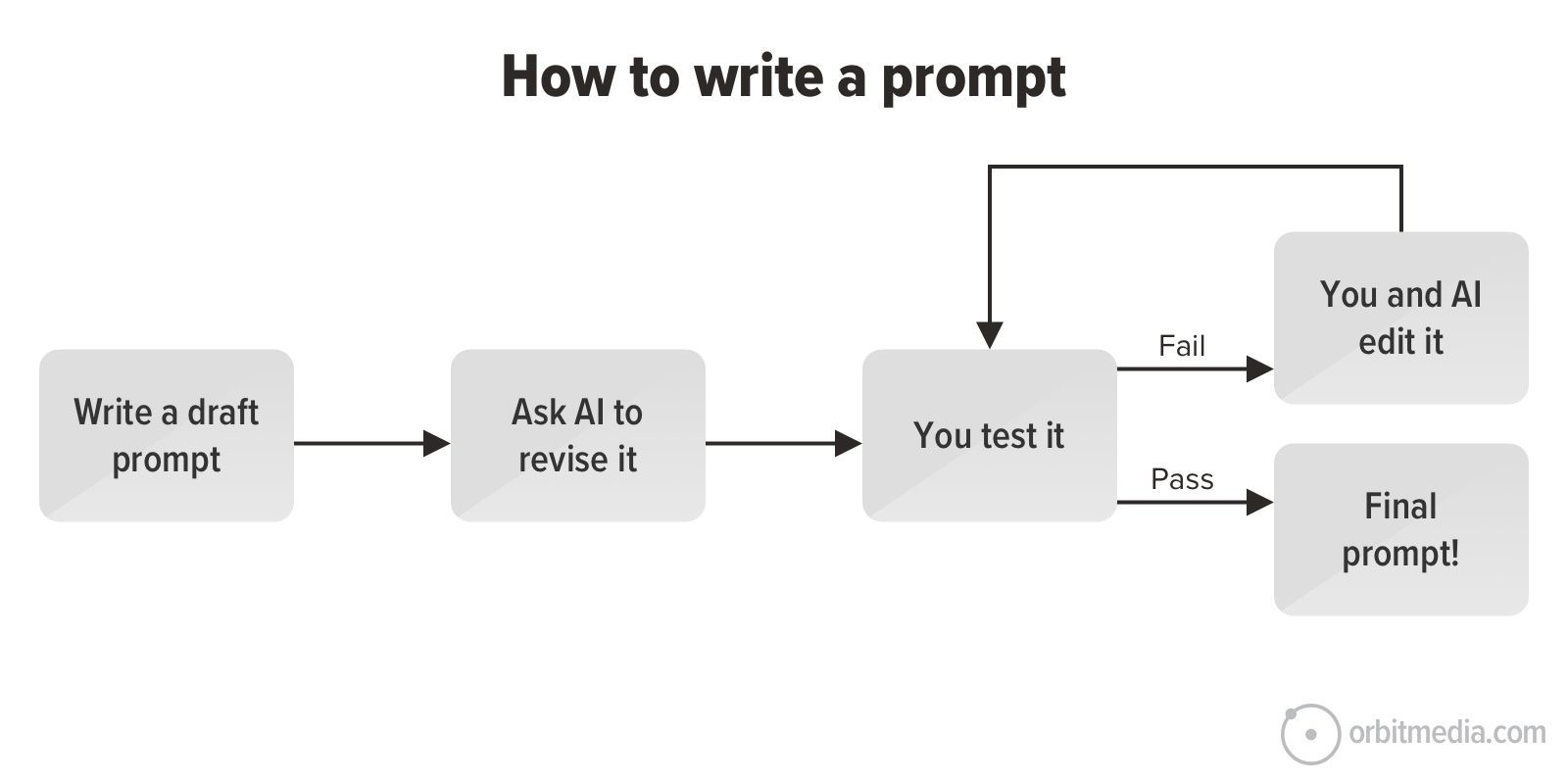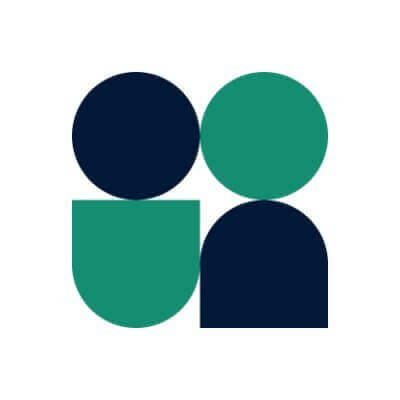Headache Disorders Market Strengthens as Awareness and Demand for Targeted Therapies Increase
According to Data Bridge Market Research Data Bridge Market Research analyses that the Global Headache Disorders Market which was USD 3.99 Billion in 2022 is expected to reach USD 6.55 Billion by 2030 and is expected to undergo a CAGR of 6.40% during the forecast period of 2022 to 2030
"Headache Disorders Market Size, Share, and Trends Analysis Report—Industry Overview and Forecast to 2030
The Migraine Treatment Market is undergoing significant transformation, driven by technological advancements, shifting consumer preferences, and increasing industry investments. According to top market research companies, the Chronic Headache Management Market is witnessing rapid growth as businesses prioritize innovation and efficiency. Companies in the Cluster Headache Therapy Market are focusing on data-driven strategies, digitalization, and automation to enhance productivity and meet rising demand. The Neurological Pain Treatment Market is also seeing strong momentum due to regulatory support and evolving industry standards. Leading players in the Tension Headache Solutions Market are leveraging advanced analytics and market intelligence to stay ahead of competitors, making the market highly dynamic and competitive.
The Headache Disorders Market is poised for significant growth, with a market outlook highlighting substantial growth potential driven by emerging opportunities in key sectors. This report provides strategic insights, demand dynamics, and revenue projections, offering a comprehensive view of the future landscape, technology disruptions, and adoption trends shaping the industry’s ecosystem evaluation. According to Data Bridge Market Research Data Bridge Market Research analyses that the Global Headache Disorders Market which was USD 3.99 Billion in 2022 is expected to reach USD 6.55 Billion by 2030 and is expected to undergo a CAGR of 6.40% during the forecast period of 2022 to 2030
We believe understanding the Pain Relief Medication Market requires more than just numbers; it's about grasping the human element. Our research dives into the motivations and behaviors driving the Headache Disorders Market, uncovering the stories behind the data. We're observing how diverse factors are influencing the Headache Prevention Market, from regulatory changes to emerging trends. This approach allows us to provide a comprehensive picture of the Headache Disorders Market, equipping businesses with the knowledge to make strategic decisions. We focus on delivering insights that are relevant and actionable within the current context of the Alternative Headache Treatments Market. The current state of the Headache Disorders Market shows interesting trends. We want to provide clear information on the OTC Headache Remedies Market. The dynamic nature of the Advanced Headache Diagnostics Market is always changing.
Our comprehensive Headache Disorders Market report is ready with the latest trends, growth opportunities, and strategic analysis. https://www.databridgemarketresearch.com/reports/global-headache-disorders-market
**Segments**
- **Type**: The headache disorders market can be segmented based on types such as migraines, tension-type headaches, cluster headaches, and others. Migraines are the most common and debilitating type of headache disorder, affecting a significant portion of the global population. Tension-type headaches are often characterized by a dull, aching pain around the head and neck region. Cluster headaches are one of the most severe forms of headaches, causing intense pain and occurring in clusters or cycles.
- **Treatment**: The market can be further segmented based on treatment options including medication (abortive and preventive), behavioral therapies, nerve blocks, and surgical procedures. Medications such as pain relievers, triptans, ergots, and others are commonly used for managing headache disorders. Behavioral therapies like cognitive-behavioral therapy and biofeedback aim to help patients cope with pain and triggers. Nerve blocks and surgical interventions are considered for severe and refractory cases.
- **End-User**: End-user segmentation includes hospitals, clinics, pharmacies, and research institutes. Hospitals are significant end-users for headache disorder treatments due to the availability of advanced diagnostic and therapeutic facilities. Clinics and pharmacies play a crucial role in providing ongoing care and medication to patients suffering from various types of headaches. Research institutes are essential for driving innovations in the field of headache disorder management through clinical trials and studies.
**Market Players**
- **Pfizer Inc.**: A leading pharmaceutical company known for its wide range of medications, Pfizer offers various treatment options for headache disorders, including prescription drugs and over-the-counter remedies.
- **Johnson & Johnson Services, Inc.**: With a strong presence in the healthcare industry, Johnson & Johnson provides innovative solutions for headache management through its pharmaceutical and consumer health divisions.
- **Eli Lilly and Company**: Known for its expertise in neuroscience, Eli Lilly offers medications for migraine and other headache disorders, focusing on precision medicine and patient-centric approaches.
- **Novartis AG**: Novartis is a key player in the headache disorders market, offering a portfolio of medications for migraines and other types of headaches, along with investing in research and development for novel treatments.
- **GlaxoSmithKline plc**: As a global healthcare company, GlaxoSmithKline develops and markets medications for headache disorders, catering to the diverse needs of patients worldwide.
The global headache disorders market is witnessing significant growth driven by the rising prevalence of various types of headaches, changing lifestyle patterns, and increasing awareness about treatment options. To stay competitive, market players are focusing on research and development activities to introduce novel therapies and enhance existing treatment options. Increasing healthcare expenditure, advancements in technology, and strategic collaborations are also shaping the landscape of the headache disorders market.
https://www.databridgemarketresearch.com/reports/global-headache-disorders-market The global headache disorders market is experiencing a paradigm shift as new treatment modalities, and technological advancements continue to drive innovation and growth in the industry. One key trend that is shaping the market is the increasing focus on precision medicine and personalized treatment approaches. This trend is primarily driven by the growing understanding of the underlying mechanisms of different types of headaches and the development of targeted therapies that address specific molecular pathways. Market players are investing heavily in research and development to identify biomarkers, genetic factors, and other personalized indicators that can help tailor treatments to individual patients, thereby improving efficacy and outcomes.
Another significant trend in the headache disorders market is the increasing adoption of digital health solutions and telemedicine in patient care. With the rise of telehealth services and wearable technologies, healthcare providers can remotely monitor patients, track symptoms, and adjust treatment plans in real-time. This not only improves access to care for patients in remote or underserved areas but also enhances patient engagement and adherence to treatment regimens. Market players are increasingly incorporating digital health platforms into their product offerings to provide comprehensive and holistic care to patients with headache disorders.
Furthermore, the market is witnessing a shift towards a more holistic and multidisciplinary approach to headache management. Healthcare providers are recognizing the complex interplay of physical, psychological, and environmental factors in the development and exacerbation of headaches. As a result, integrated care models that involve collaboration between neurologists, psychologists, physical therapists, and other healthcare professionals are becoming more prevalent. This comprehensive approach not only addresses the symptoms of headaches but also focuses on improving overall quality of life, reducing disability, and preventing recurrence.
Moreover, the global headache disorders market is witnessing increased collaboration and partnerships between pharmaceutical companies, research institutions, and healthcare organizations. These collaborations are aimed at accelerating the development of novel therapies, conducting clinical trials, and implementing real-world evidence studies to evaluate the long-term outcomes of different treatment approaches. By pooling resources, expertise, and data, stakeholders in the headache disorders market can advance scientific knowledge, enhance patient care, and drive innovation in the field.
In conclusion, the headache disorders market is poised for robust growth and transformation in the coming years, driven by technological advancements, personalized medicine approaches, digital health solutions, and collaborative initiatives. Market players who can adapt to these evolving trends and leverage opportunities for innovation and collaboration will be well-positioned to lead the market and meet the growing needs of patients with headache disorders.**Segments**
The Global Headache Disorders Market can be segmented based on different types of headaches, including migraines, tension-type headaches, cluster headaches, medication-overuse headaches, and others. Migraines are the most prevalent and debilitating type, affecting a significant portion of the population globally. Tension-type headaches are characterized by a dull, aching pain around the head and neck area, while cluster headaches are severe and occur in cycles. The market can also be segmented based on diagnosis methods such as complete blood count, skull X-rays, sinus X-rays, CT scans, MRIs, and others. Treatment options include medication, heat therapy, diet changes, acupuncture, and oxygen therapy. Various routes of administration, such as oral and parenteral, are utilized for treatment, and end-users include hospitals, specialty clinics, homecare settings, and others. Different distribution channels like hospital pharmacies, retail pharmacies, and online pharmacies play a vital role in providing access to headache disorder treatments.
**Market Players**
- F. Hoffmann-La Roche Ltd. (Switzerland)
- Mylan N.V. (U.S.)
- Teva Pharmaceutical Industries Ltd. (Ireland)
- Sanofi (France)
- Pfizer Inc. (U.S.)
- GSK plc (U.K.)
- Novartis AG (Switzerland)
- Merck & Co., Inc. (U.S.)
- Johnson & Johnson Private Limited (U.S.)
- Hikma Pharmaceuticals PLC (U.K.)
- Bristol-Myers Squibb Company (U.S.)
- Bayer AG (Germany)
- Boehringer Ingelheim International GmbH. (Germany)
- Dr. Reddy’s Laboratories Ltd. (India)
- Gilead Sciences, Inc. (U.S.)
- Amgen Inc. (U.S.)
- AbbVie Inc. (U.S.)
- Lilly (U.S.)
The global headache disorders market is witnessing substantial growth and evolution with key trends shaping the industry's landscape. One prominent trend driving market dynamics is the shift towards precision medicine and personalized treatment approaches. By focusing on understanding the specific molecular pathways underlying various headache types, market players are developing targeted therapies tailored to individual patients, thereby enhancing treatment efficacy and outcomes. Additionally, the increasing adoption of digital health solutions and telemedicine is revolutionizing patient care by offering remote monitoring, real-time symptom tracking, and personalized treatment adjustments. This not only improves patient access to care but also boosts engagement and adherence to treatment regimens.
Another significant trend in the headache disorders market is the emphasis on a holistic and multidisciplinary approach to headache management. Acknowledging the complex interplay of physical, psychological, and environmental factors in headache development, healthcare providers are opting for integrated care models involving collaboration between different specialists. This comprehensive approach aims not only to address headache symptoms but also improve overall quality of life, reduce disability, and prevent recurrences. Moreover, the market is witnessing increased collaboration and partnerships among pharmaceutical companies, research institutions, and healthcare organizations to expedite the development of novel therapies, conduct clinical trials, and leverage real-world evidence to evaluate treatment outcomes effectively.
In conclusion, the global headache disorders market is poised for robust growth and transformation, driven by technological advancements, personalized medicine approaches, digital health solutions, and collaborative initiatives. Market players that adapt to these evolving trends, innovate with precision medicine, and capitalize on collaborative opportunities will be well-positioned to lead the market and cater to the increasing demands of patients with headache disorders effectively.
The market is highly fragmented, with a mix of global and regional players competing for market share. To Learn More About the Global Trends Impacting the Future of Top 10 Companies in Headache Disorders Market : https://www.databridgemarketresearch.com/reports/global-headache-disorders-market/companies
Key Questions Answered by the Global Headache Disorders Market Report:
- How does the market share of leading companies compare in the Headache Disorders Market?
- What is the scope of applications for LSI technology across various industries?
- How is the demand for LSI products shifting across different regions and sectors?
- What are the primary growth factors driving the expansion of the Headache Disorders Market?
- What is the market value projection for the Headache Disorders Market over the next decade?
- What are the emerging opportunities for new entrants in the Headache Disorders Market?
- What do industry statistics reveal about investment trends in the Headache Disorders Market?
- What are the latest industry trends influencing the adoption of LSI technology?
- How does the industry share of small vs. large companies compare in the Headache Disorders Market?
- What are the key revenue drivers impacting the profitability of Headache Disorders Market companies?
Browse More Reports:
https://www.databridgemarketresearch.com/reports/global-cloud-infrastructure-services-market
https://www.databridgemarketresearch.com/reports/global-cancer-pain-market
https://www.databridgemarketresearch.com/reports/global-agricultural-nanotechnology-market
https://www.databridgemarketresearch.com/reports/middle-east-and-africa-body-composition-analyzers-market
https://www.databridgemarketresearch.com/reports/global-procedure-trays-market
Data Bridge Market Research:
☎ Contact Us:
Data Bridge Market Research
US: +1 614 591 3140
UK: +44 845 154 9652
APAC: +653 1251 982
✉ Email: corporatesales@databridgemarketresearch.com
Tag
Headache Disorders Market Size, Headache Disorders Market Share, Headache Disorders Market Trend, Headache Disorders Market Analysis, Headache Disorders Market Report, Headache Disorders Market Growth, Latest Developments in Headache Disorders Market, Headache Disorders Market Industry Analysis, Headache Disorders Market Key Players, Headache Disorders Market Demand Analysis"








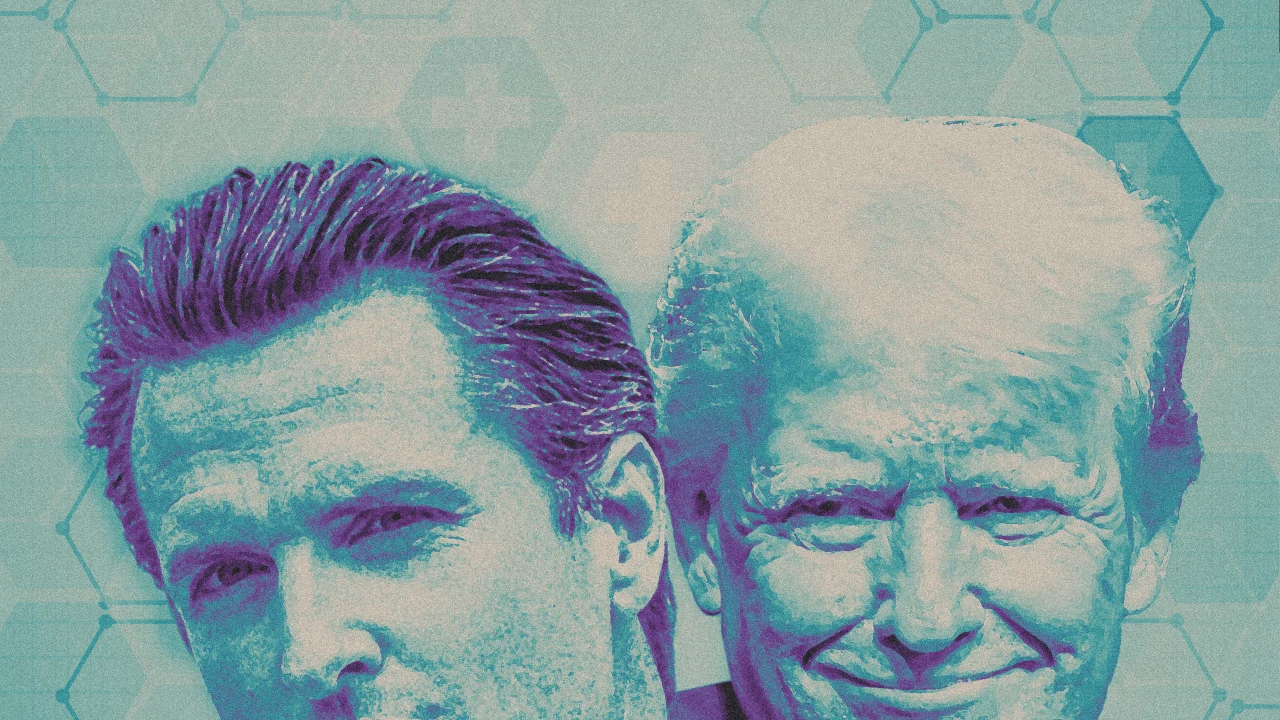






















































































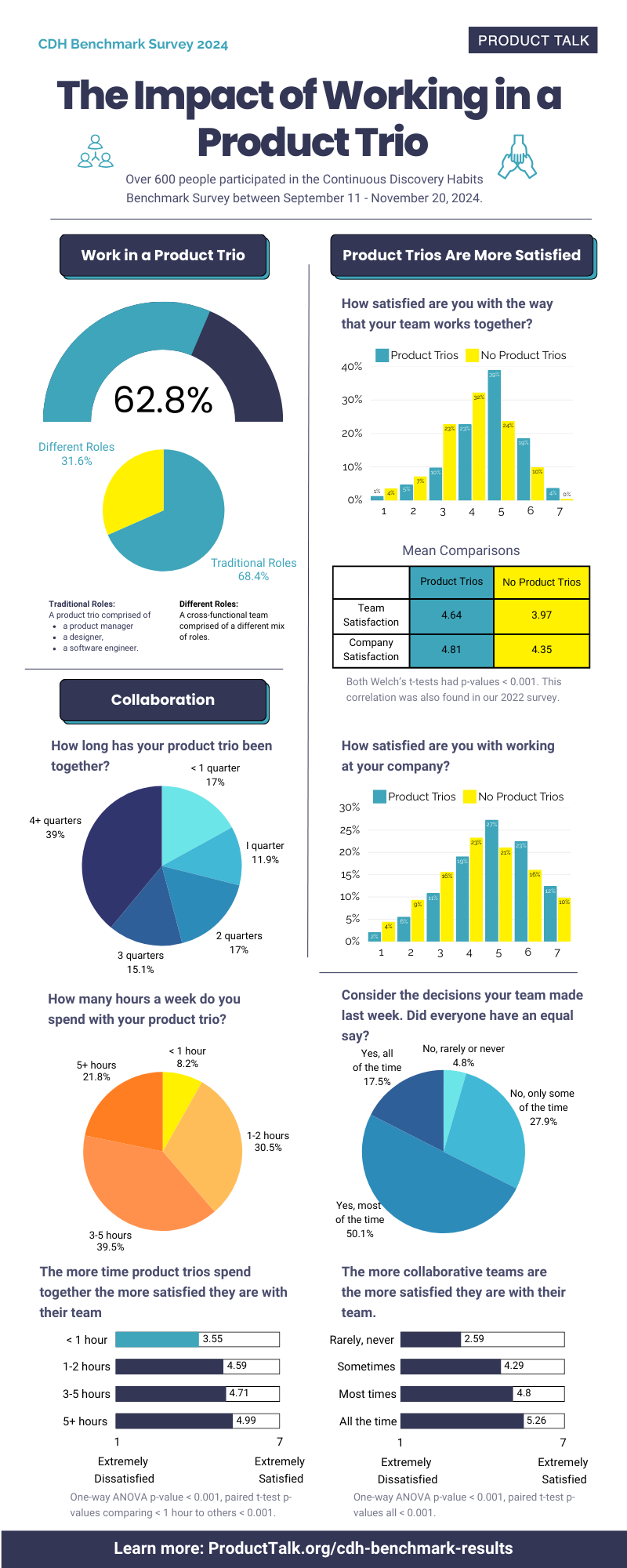
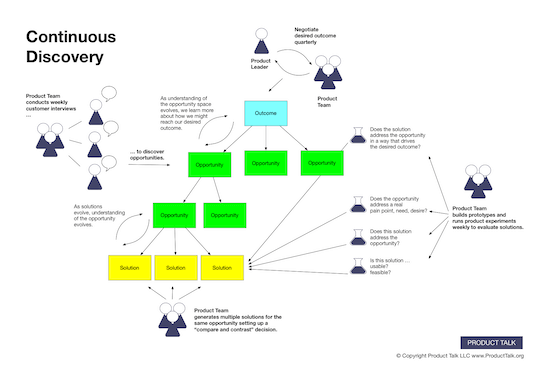









![Building A Digital PR Strategy: 10 Essential Steps for Beginners [With Examples]](https://buzzsumo.com/wp-content/uploads/2023/09/Building-A-Digital-PR-Strategy-10-Essential-Steps-for-Beginners-With-Examples-bblog-masthead.jpg)















![How to Use GA4 to Track Social Media Traffic: 6 Questions, Answers and Insights [VIDEO]](https://www.orbitmedia.com/wp-content/uploads/2023/06/ab-testing.png)
